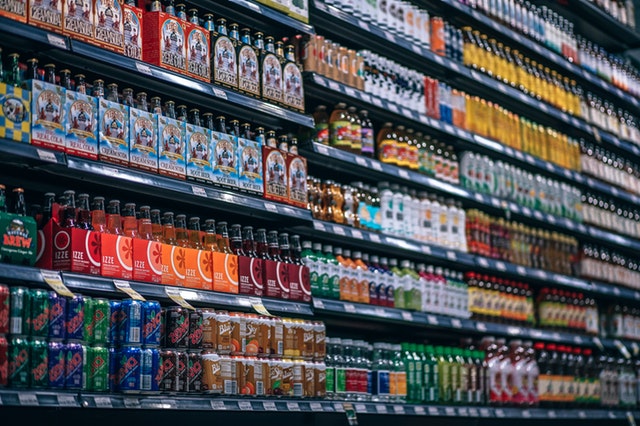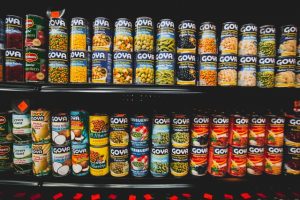Studies have shown that hormone disruptors and their ability to mimic the body’s own hormones, lead to negative health effects. In particular, Bisphenol A, more commonly referred to as BPA, functions like the hormone disruptor xenoestrogen (xeno, meaning foreign). In other words, it imitates estrogen. However, because it is not chemically similar there are adverse health effects associated with its presence in the body. Continue reading to learn more about the dangers of BPA.
The Origin and Uses of BPA
BPA is an epoxy resin that is present in plastic containers and most canned food liners. It has been used since the ’40s as a barrier between the food and the can surface in order to prevent corrosion of the can and migration of metal into the food. It is also used in products such as in water bottles, baby bottles, dental fillings and sealants, dental devices, medical devices, eyeglass lenses, DVDs and CDs, household electronic items, and sports equipment.
The Dangers of BPA
The danger arises when BPA gets leached from the plastic or canned lining and into the food or water where it can then be consumed unknowingly. This is especially true when these items are washed, heated, or stressed in any way. In 2007, a consensus statement by 38 experts on Bisphenol A summarized that the average levels of BPA in humans are higher than what is found to cause harm to many animals in laboratory experiments.
A 2011 study investigated the number of chemicals pregnant women are exposed to in the U.S. and found BPA in 96% of women. According to the researchers, prenatal exposure to BPA has been linked to adverse health outcomes, affecting brain development and increasing susceptibility to cancer later in life. Safety levels determined by regulatory bodies are currently under review due to the findings of new scientific studies.
One study conducted by the Centers for Disease Control and Prevention (CDC) found BPA in nearly all human urine samples, suggesting that exposure is widespread across the United States.
Although BPA is currently approved by the FDA for its use in food containers and packaging the agency has also announced some concerns about the potential side effects of BPA on fetuses, infants, and young children. Additionally, a report published by the National Institute of Environmental Health Science stated that BPA is a reproductive, developmental, and systemic toxin because it affects the female reproductive system in both infants and adults.
According to the FDA report, the National Institutes of Health, and other recent studies, there is strong evidence that BPA exposure is also linked to:
- The generation of fat tissue
- An increased risk of non-ovarian pelvic endometriosis
- Ovarian dysfunction
- Polycystic ovarian syndrome
- Fertility issues.
- Impaired uterine endometrial cellular proliferation
- Male impotence
- Heart disease
- Breast cancer
Studies have also shown that in mice the uterus genome is permanently altered after being exposed to BPA during fetal development. These alterations were found to primarily affect genes that are regulated by estrogen and play a key role in the formation of the estrogen-related diseases mentioned above.
Circumventing the Dangers of BPA
While authorities decide whether BPA is safe for food packaging or not, Ackerman Cancer Center suggests that you reduce your exposure to the toxic resin. Some suggestions to reduce your exposure to BPA include:
- Avoid canned foods whenever possible.
- Use glass, ceramic, and stainless steel food storage containers and water bottles.
- Use glass and ceramic in the microwave.
- Never microwave plastic – even “microwave-safe” plastic can leach chemicals into food when heated.
- Plastic containers have recycle codes on the bottom. Some, but not all, plastics that are marked with recycle codes 3 or 7 may be made with BPA.
- When possible, opt for glass, porcelain or stainless steel containers, particularly for hot food or liquids.
- Use baby bottles that are BPA free.
While the debate continues as to whether BPA should be banned or not, it would probably be wise to avoid this toxic chemical at all costs by following those simple suggestions.


